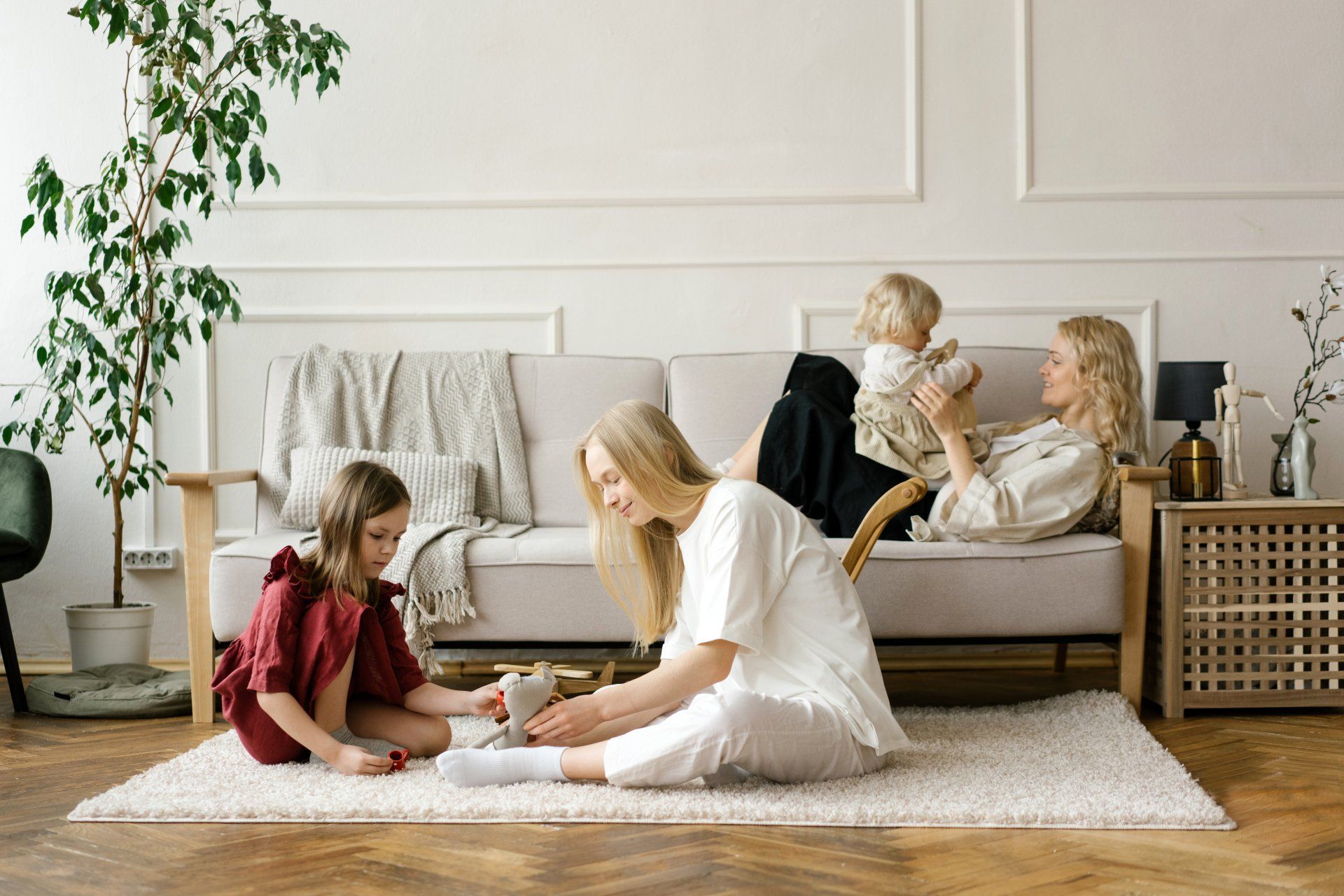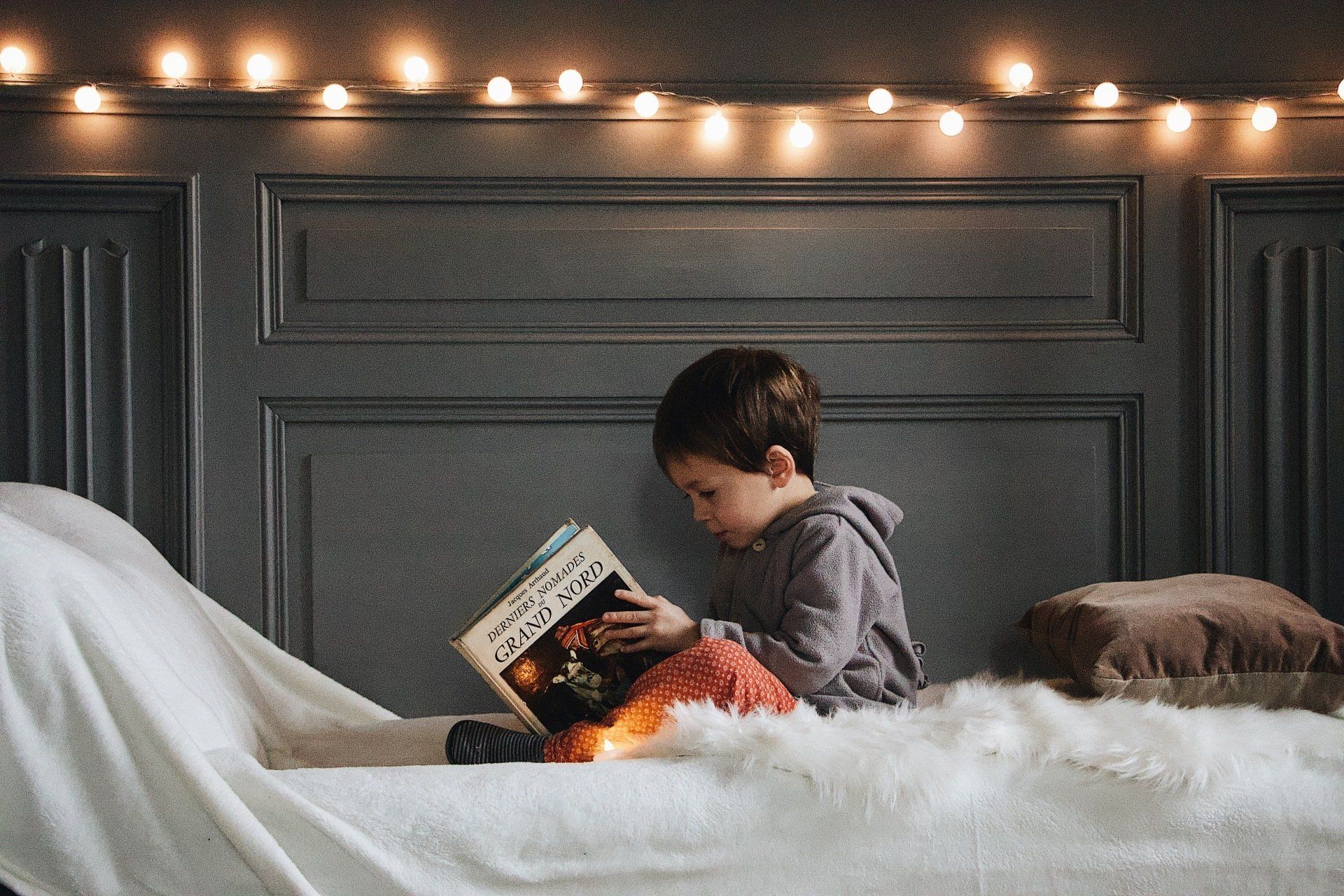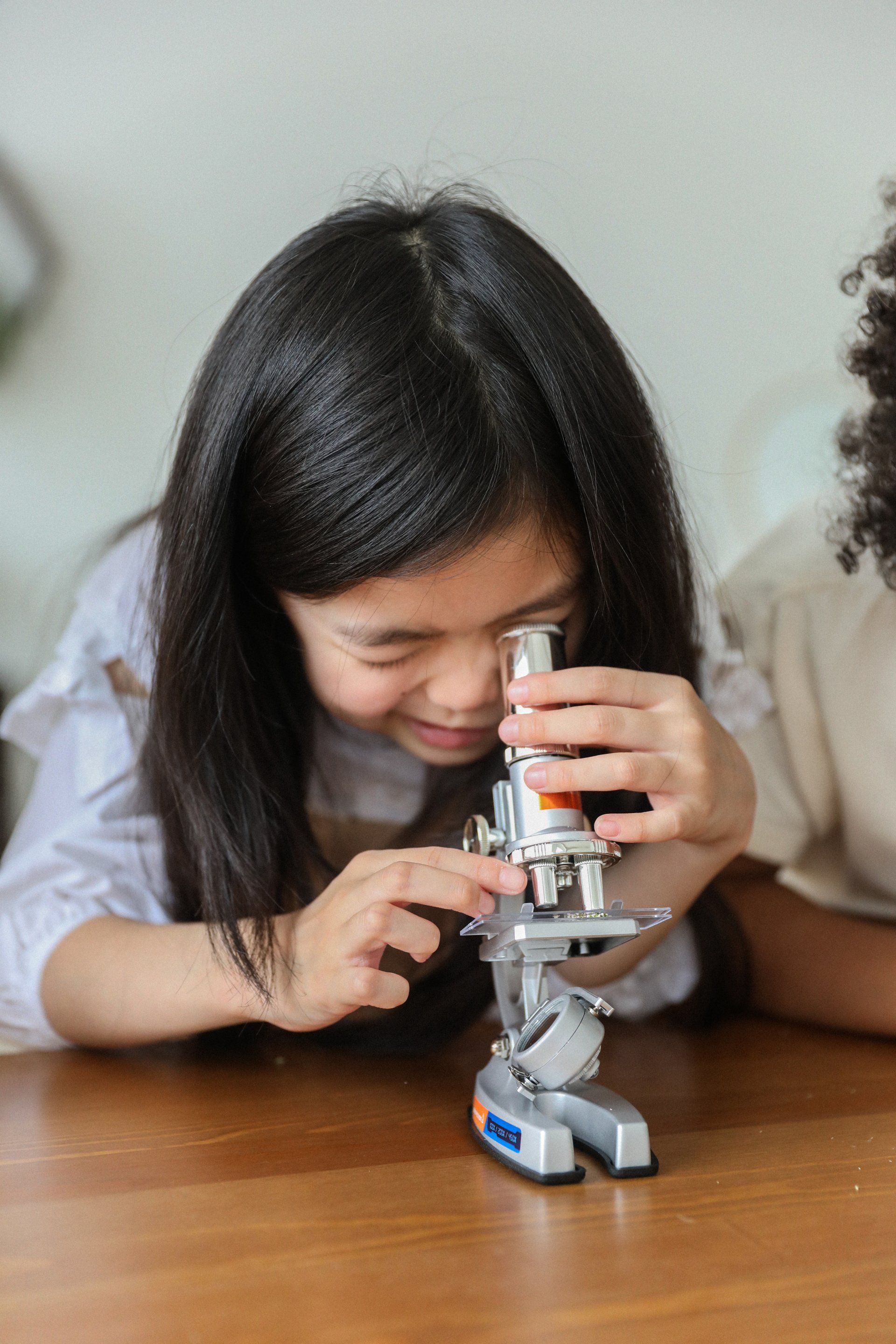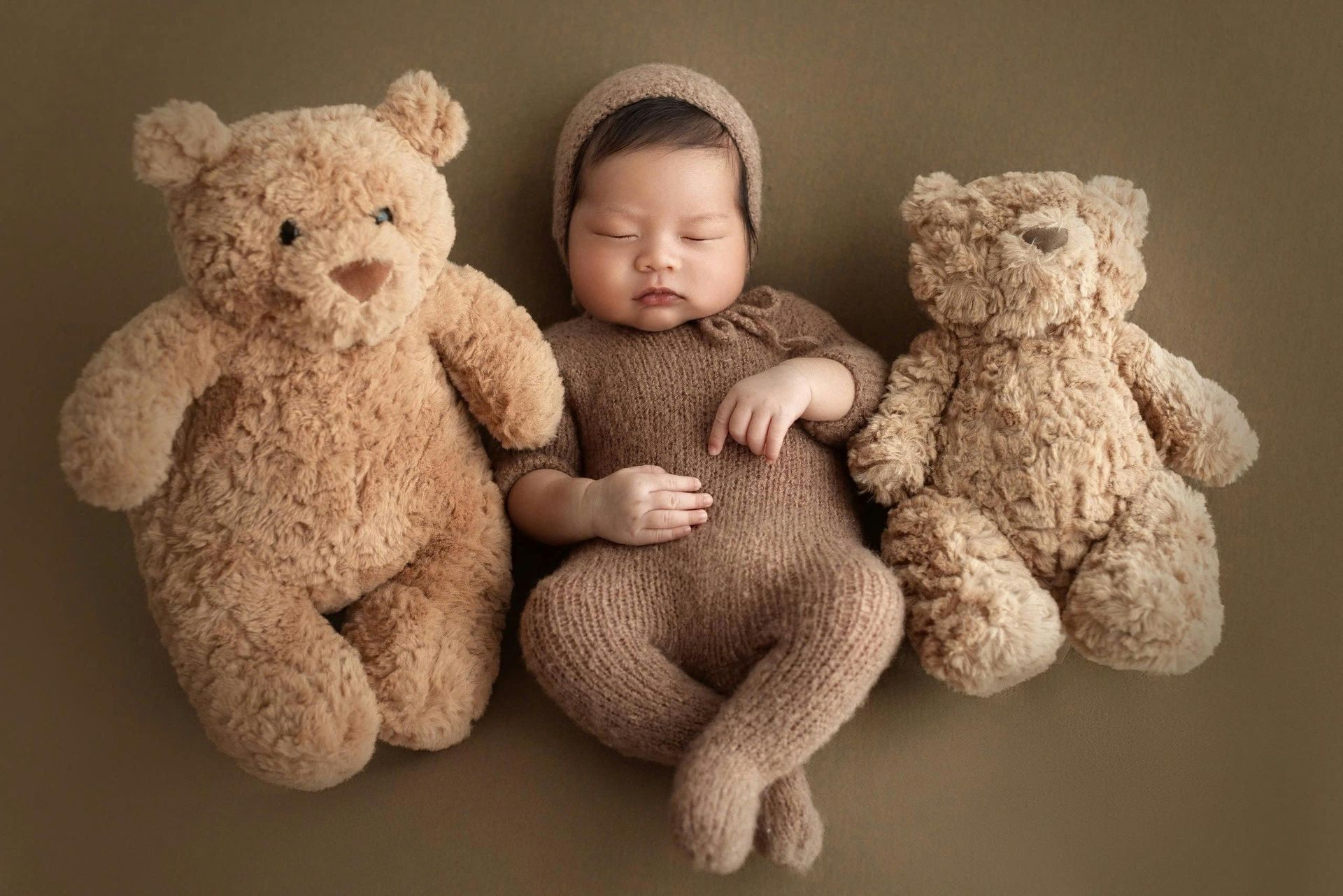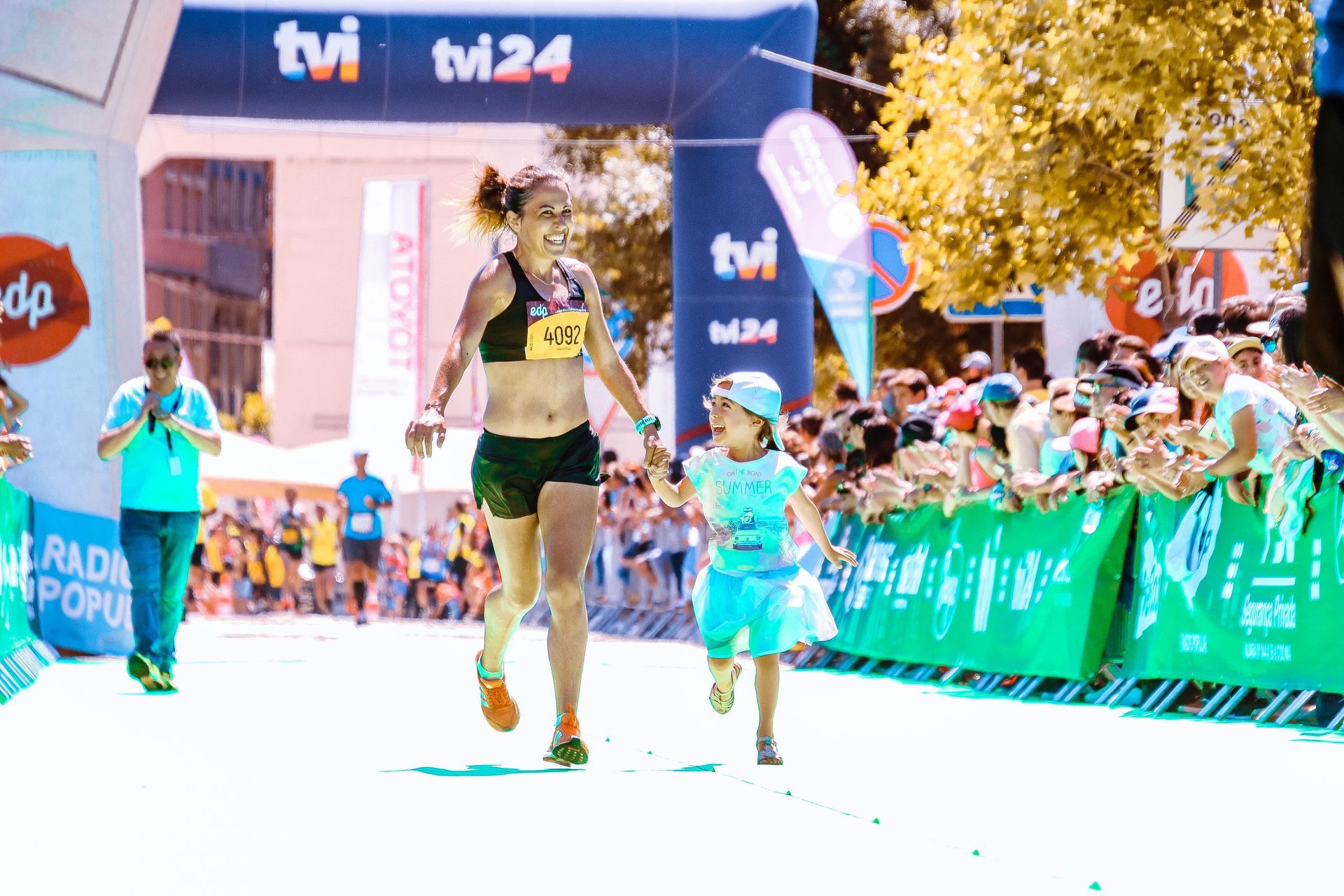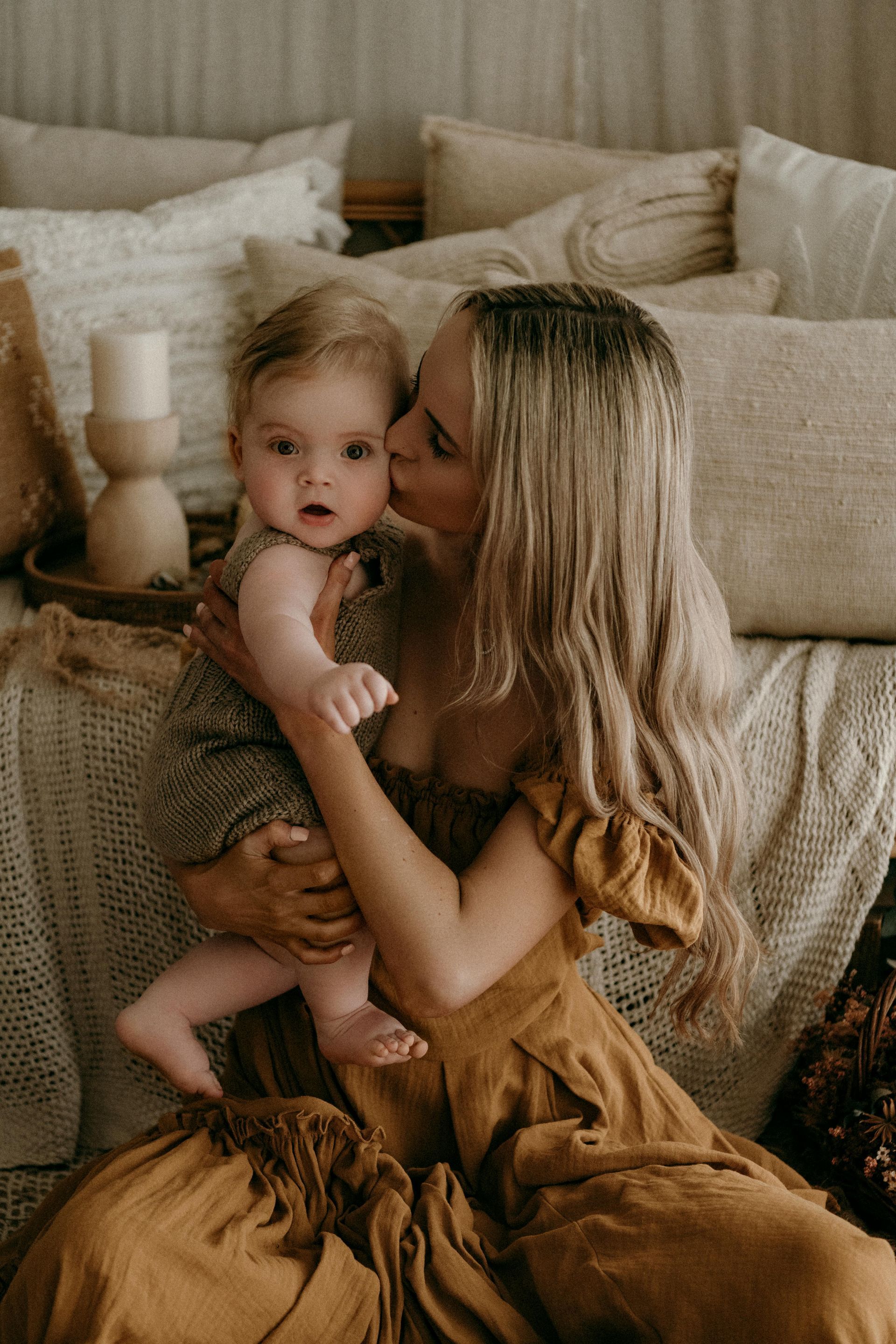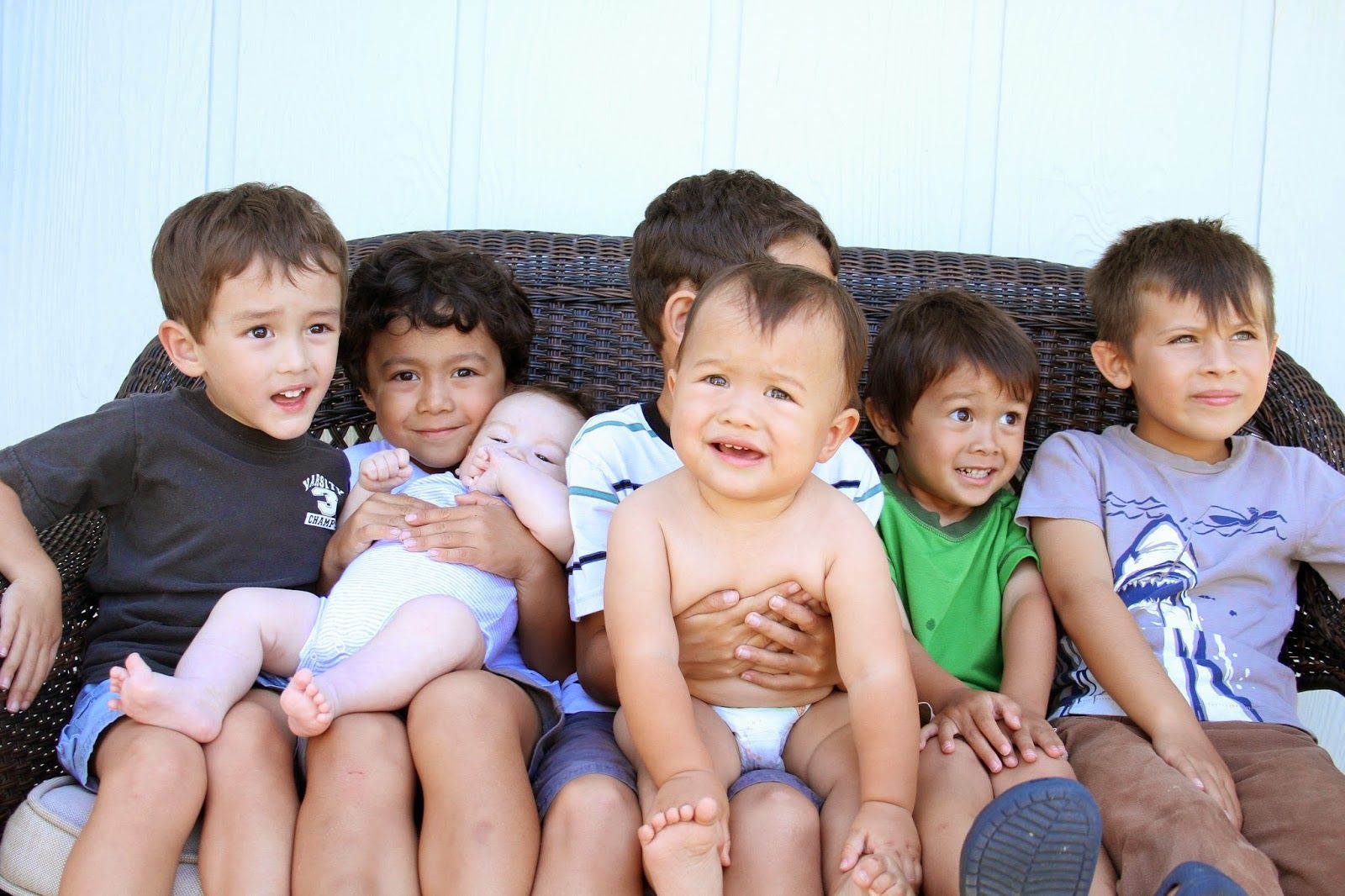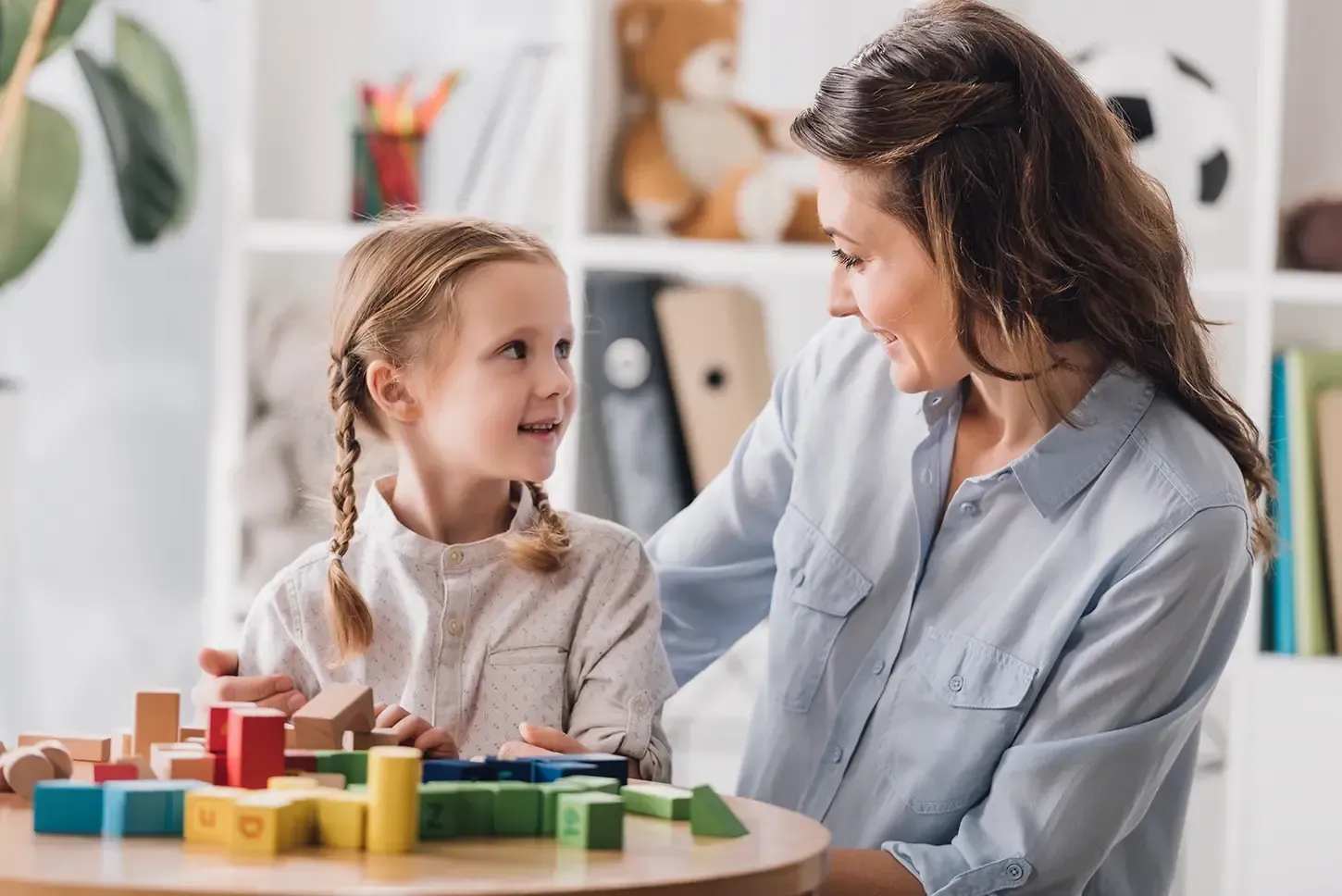Crafting Tailored Strategies for Nurturing Positive Behavior in Children

Development of Individual Behavior Plans: A Comprehensive Guide
Behavior management in children, particularly in nurturing environments such as homes and schools, is vital for fostering positive social and emotional development. One effective strategy to support children facing behavioral challenges is the implementation of Individual Behavior Plans (IBPs). These plans are tailored to meet the unique needs of a child, providing structured guidance for caregivers and educators. The Australian Nanny Agency’s guide on the ABC of Behavioral Management serves as a valuable resource in this process, shedding light on the foundational elements required for developing successful IBPs.
Understanding the ABC Model
At the heart of effective behavior management is the ABC model: Antecedents, Behaviors, and Consequences. This framework assists caregivers in understanding the dynamics of a child’s behavior:
- Antecedents: These are the triggers that occur before the behavior. Identifying antecedents helps caregivers anticipate and modify environmental factors that may lead to challenging behaviors.
- Behaviors: This refers to the specific actions or responses of a child, whether they are positive
or negative. Clearly defining the behavior allows for a focused approach in addressing and modifying it.
- Consequences: These are the responses that follow the behavior. Positive consequences reinforce
desired behaviors, while negative consequences can discourage undesired behaviors. Understanding consequences is crucial in shaping future behavior.
Steps to Develop Individual Behavior Plans
- Assessment and Observation: The first step in creating an IBP is thorough observation and assessment of the child. Caregivers should look for patterns in behavior related to various antecedents and consequences. Keeping a behavior journal can provide insights into the circumstances surrounding behavioral issues.
2. Collaboration with Stakeholders: Developing an IBP should be a collaborative effort involving teachers, parents, and other caregivers. This joint approach ensures all perspectives are considered, leading to a more comprehensive understanding of the child’s needs.
3. Setting Clear Goals: Establishing specific, measurable, achievable, relevant, and time-bound (SMART) goals is essential in an IBP. These goals should focus on promoting positive behaviors while reducing negative ones. For instance, a goal might be for a child to use words to express frustration instead of acting out physically.
4. Creating Strategies: Based on the assessment and defined goals, caregivers need to outline specific strategies. This may include positive reinforcement for desirable behaviors, setting clear expectations, and modifying the environment to reduce triggers. For example, if a child struggles with sharing, caregivers could introduce turn-taking games that encourage cooperation.
5. Monitoring Progress: An IBP should include a mechanism for regular review and assessment. Caregivers should track the child’s progress toward the established goals and adjust the plan as necessary. This may involve modifying strategies or introducing new goals based on the child’s changing needs.
6. Effective Communication: Keeping lines of communication open among all individuals involved in the child’s care is crucial. Regular updates and discussions about the child’s progress can foster a supportive environment and help reinforce behavioral strategies across different settings.
Conclusion
The development of Individual Behavior Plans using the ABC of Behavioral Management offers a structured approach to address the unique challenges children may face. By understanding antecedents, behaviors, and consequences, caregivers can create effective strategies that promote positive behavior and support children in their development. With collaboration, clear goals, and continuous monitoring, IBPs can lead to meaningful improvements in behavior and overall well-being for children, paving the way for a more harmonious environment at home and school.
